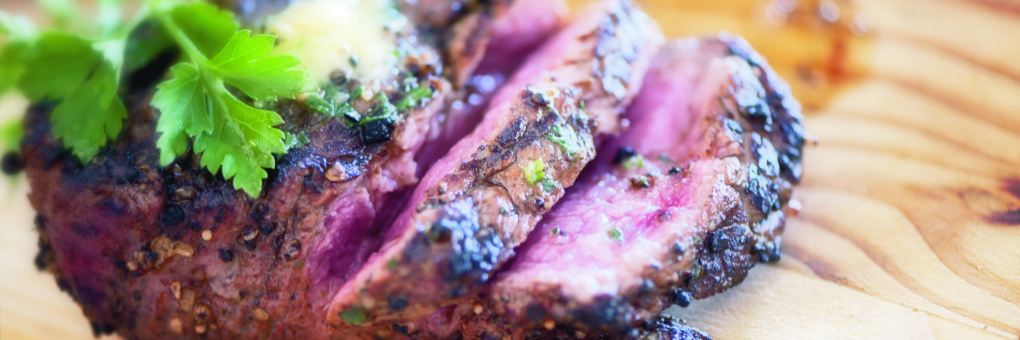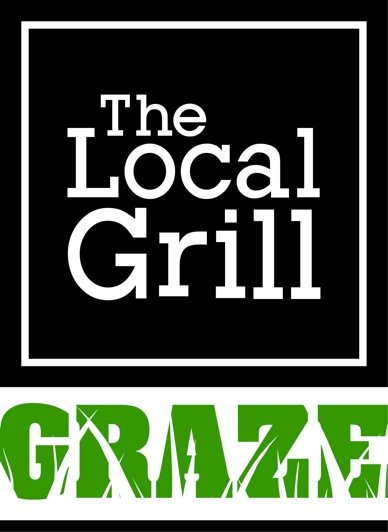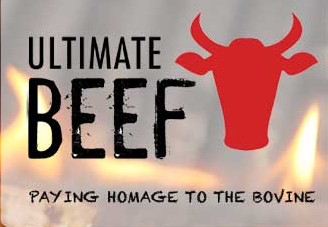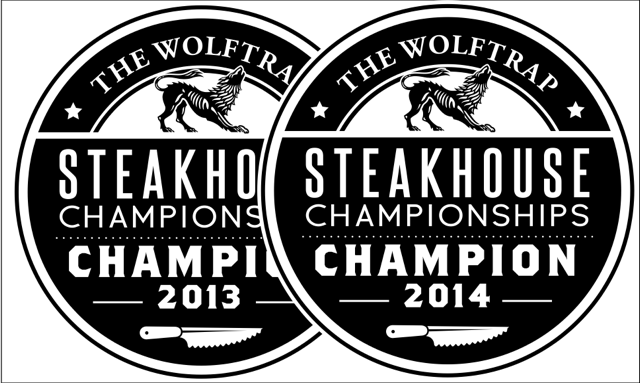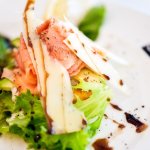Once again we had a mouth-watering day at our Ultimate Beef Club monthly lunch. With lots to learn and even more delicious food and wine to keep the good time going. Remember to fill out our contact form if you would like to receive communication regarding the Ultimate Beef Club Monthly Lunch in May.
We started the meal off with a Hearty Helping of Slow Braised Brangus Beef Cheek on a bed of Mash, followed by A uniquely amazing
Kudu Salami and Beef Carpaccio served with a Beetroot Jam, Balsamic Reduction and Parmesan Shavings.
Local Grill-style Bone Marrow really was the perfect addition to this fantastically prepared meal.
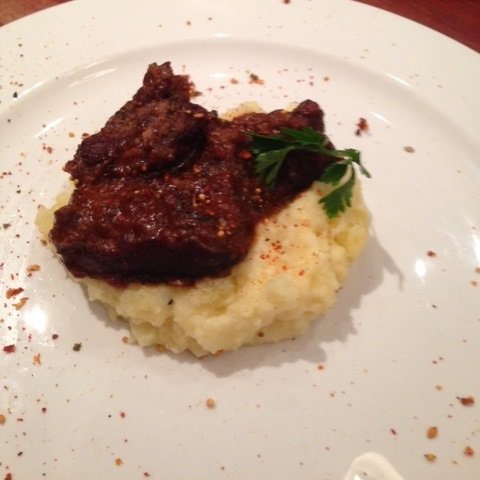
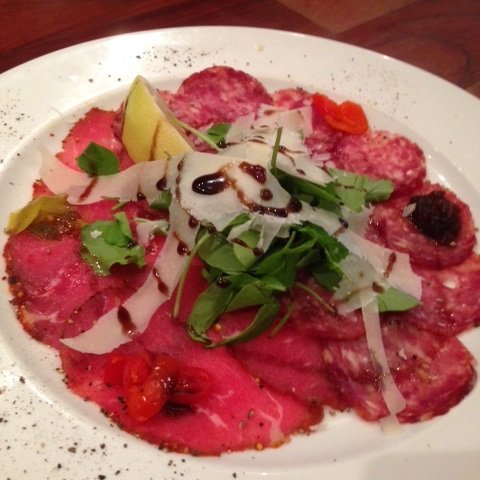
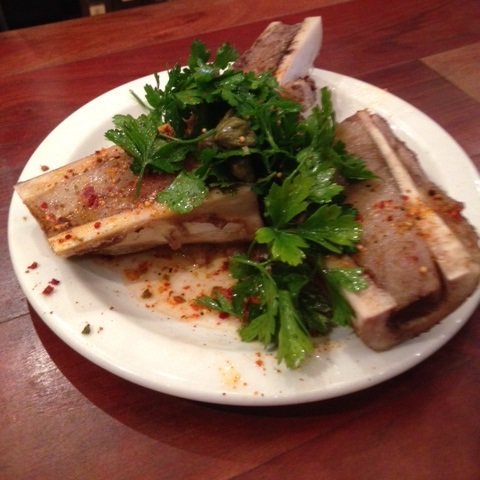
The Sussex breed possesses many desirable characteristics, of which three in particular will prove fundamental to its continued success:
- its size,
- hardiness, and
- an abundance of milk
Presently, the Sussex is a medium sized animal, and while competitive breeds have in recent times become larger than the Sussex there is no doubt that even in the UK, there will always be a market for an earlier maturing beef animal. This characteristic secures for the Sussex breed a unique role under production systems where beef is produced off grass or pastures.
The name Simmentaler is derived from the Simme river valley (“tal” in German) in Switzerland, where the breed originated. The breed is a descendant of the Aurochs (Bos Taurus primegenius), the indigenous cattle of Europe, and its low relationship with Zebu, Sanga and British breeds renders it the ideal breed for cross breeding due to increased hybrid vigour (heterosis).
The first and formal adoption of the word Brahman originated with the inception of the American Brahman Breeders Association (ABBA) in 1924. Cattlemen attending their organizational meeting wrestled with the question of what to name this American Bos Indicus breed that Mr JW Startwelle called “… an entirely new breed of beef cattle”. Mr Startwelle, the first Secretary of ABBA and early driving force of their association, was indeed historically instrumental, when he suggested the word Brahman.
The Nguni is widely acknowledged to be the outstanding beef breed for optimal production under harsh African conditions.
South Africa’s indigenous Nguni cattle, long the mainstay of traditional Zulu culture, are possibly the most beautiful cattle in the world, with their variously patterned and multicoloured hides everywhere in demand.
The Bonsmara was bred at the Mara and Messina Research Stations under the guidance of Prof Jan Bonsma, who wanted to develop a cattle breed that was better adapted to South Africa’s subtropical climate. The first calves were born in 1943. N310 (Frits) was one of the first bulls to play a role in the breed’s early development. He was followed by N406 (Edelvaar), who was followed by an outstanding son – T342 (Edelheer).
One of the most successful English breeds of cattle, the Angus has long been the cattle “business” breed. Its black color is highly sought after in crossbreeding programs as a potential seal of Angus quality. Perhaps the most represantitve breed in cowherds, the Angus holds a well earned spot amongst all beef breeds.




